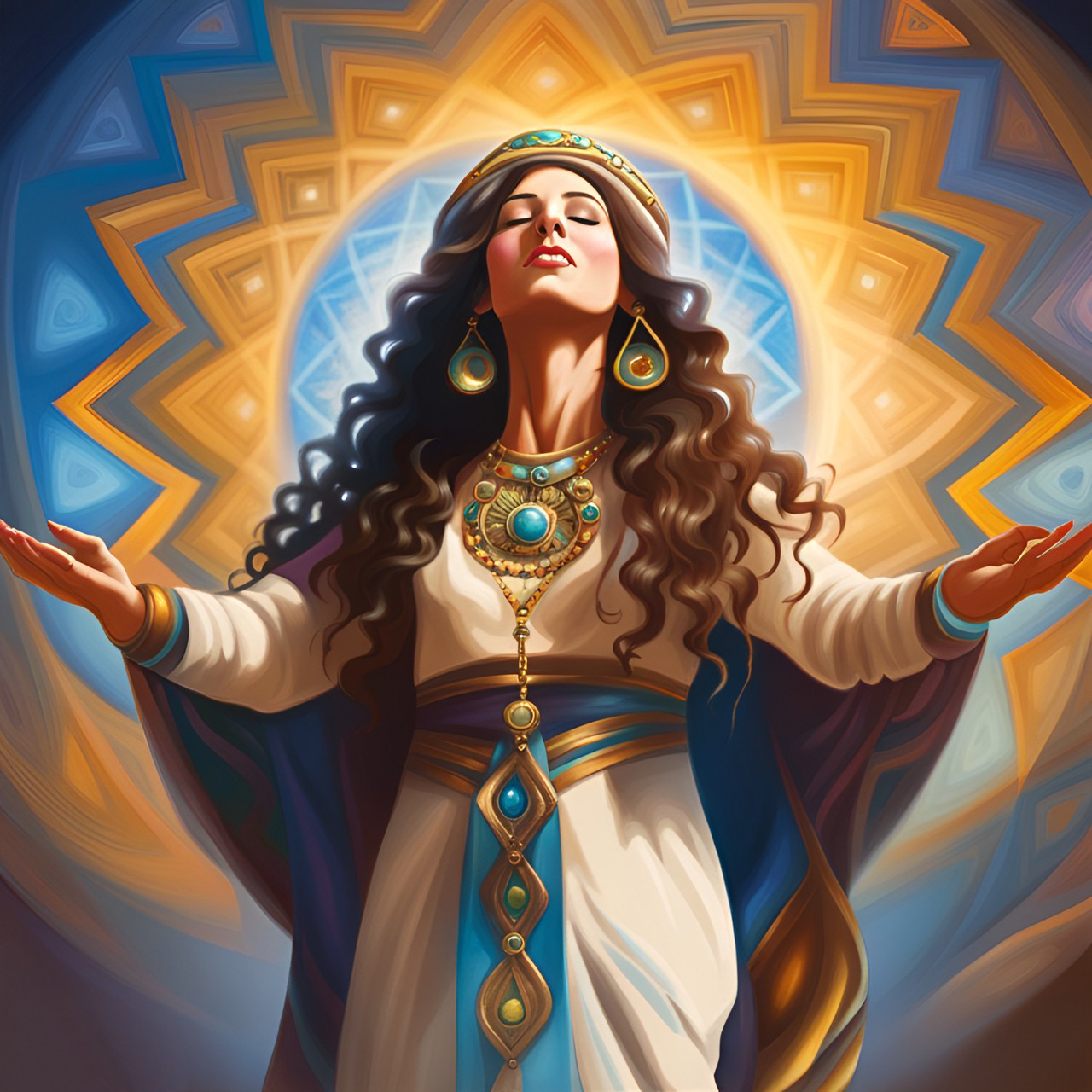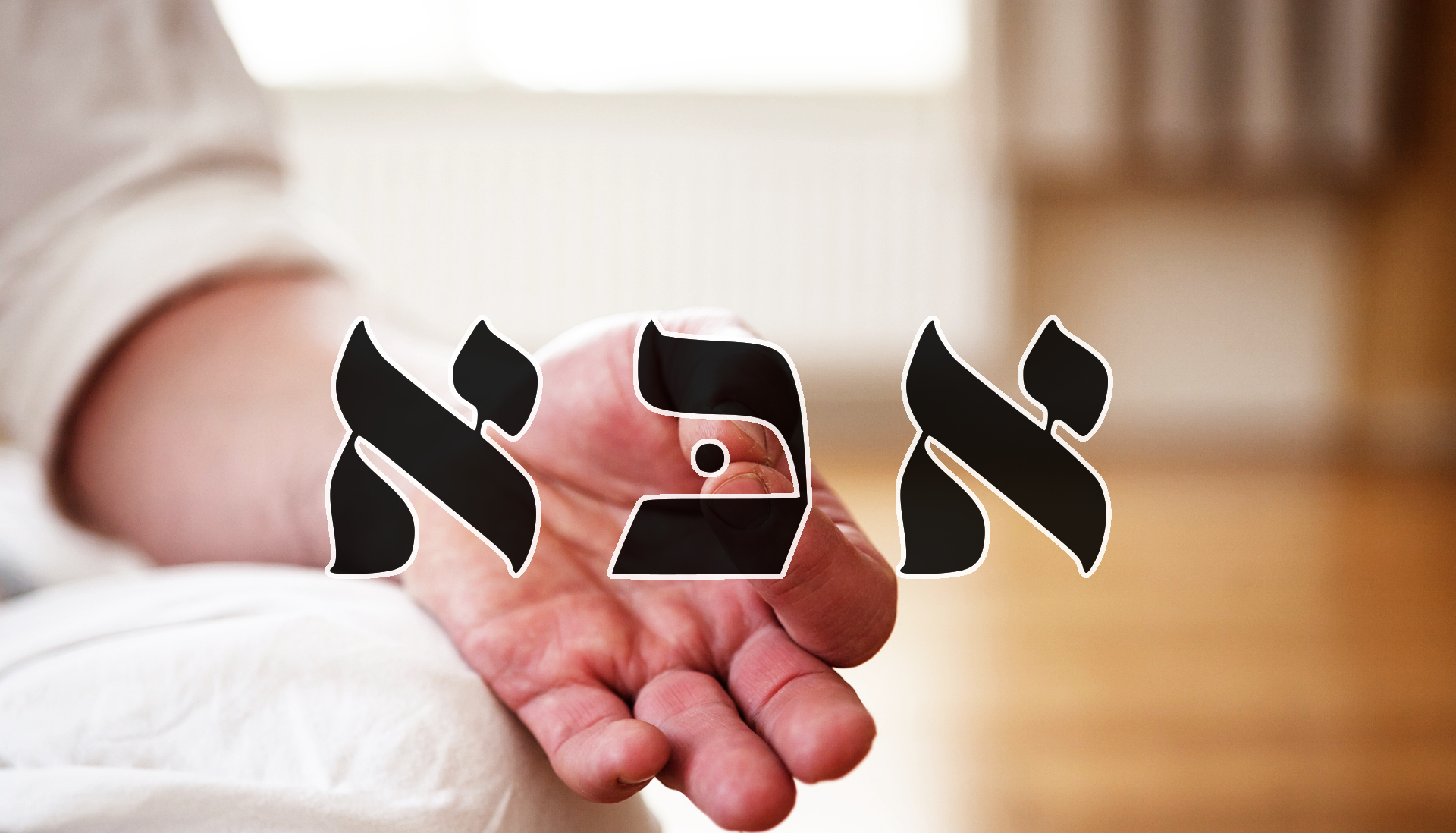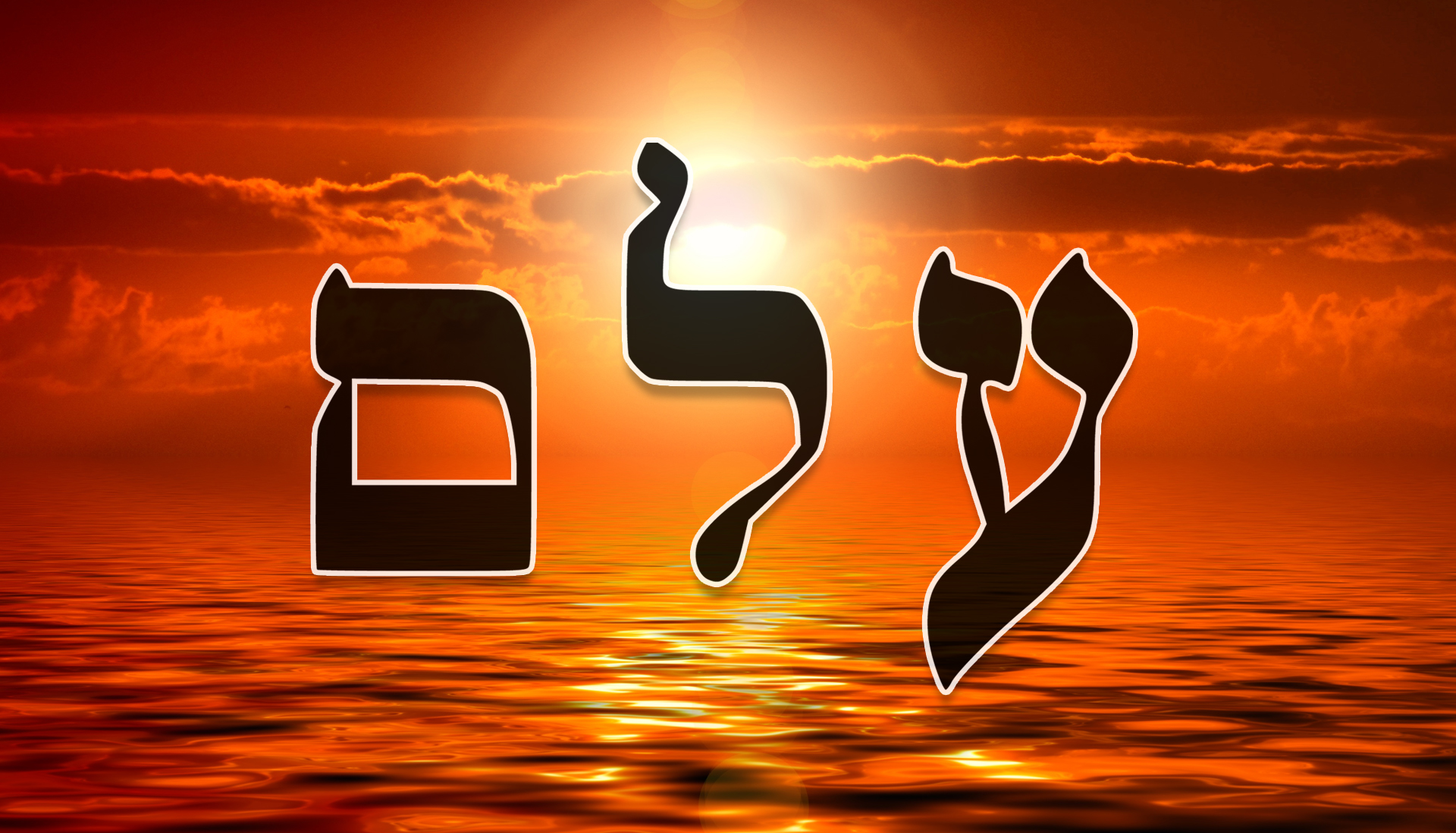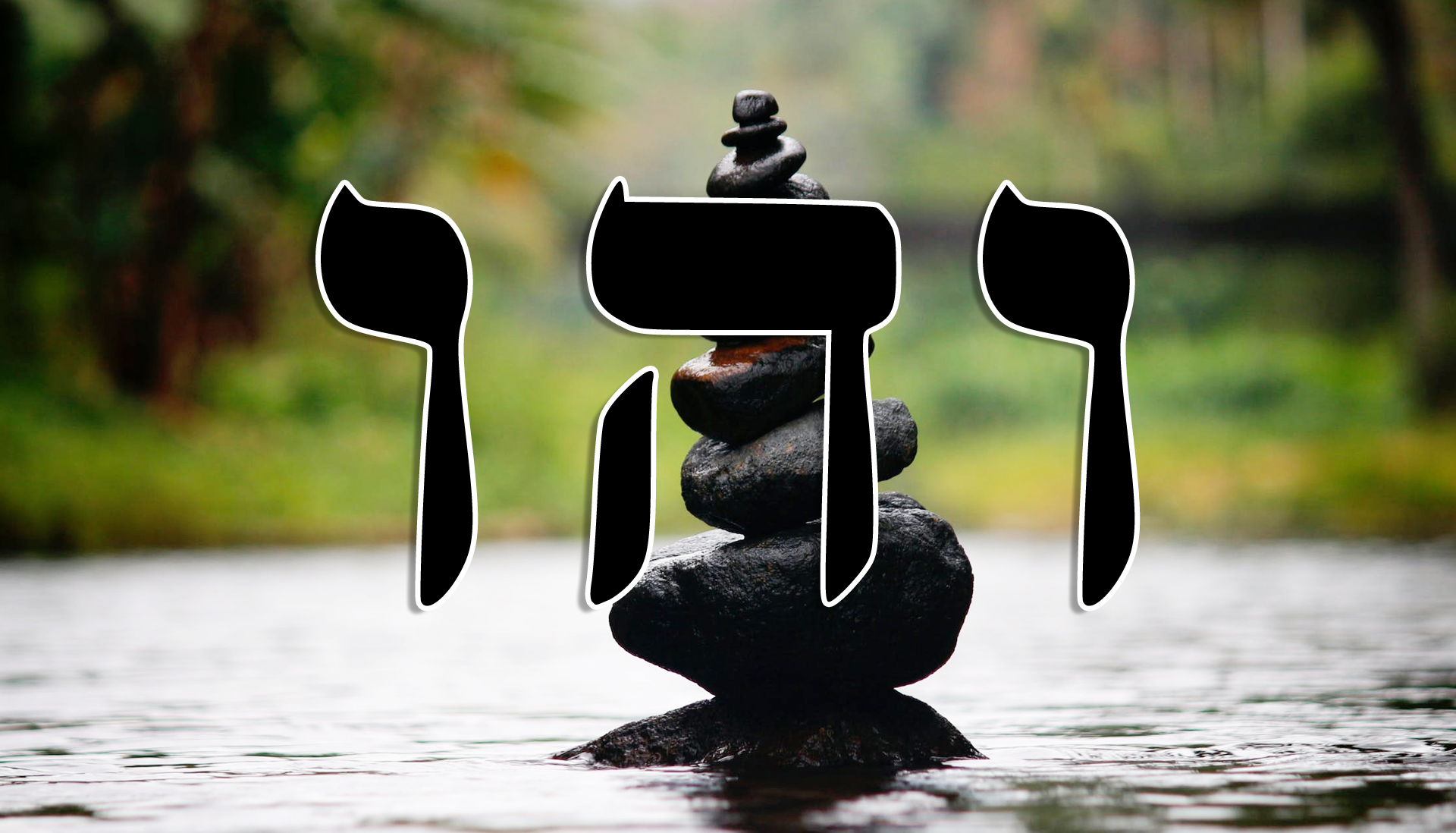Climate Change, a Sign of Sins of Mankind
“For the world shall fall ill to the iniquity of mankind; yea, the greed of men shall be as a poison that will drain the earth of its life, and she shall become sick.” -Neum 13:4
I grew up being told that we live in the last days. Looking at the view I was raised in, if the last days began with Joseph Smith’s First Vision, then we have been in the last days for over 200 years now. I grew up reading the thoughts of past leaders of the church my family had joined when I was a small boy. For 200 years, these men saw the end just around the corner.
Neum and Kabbalah
Behold, I am Neum, the Oracle, reader of the stars—I am she who pours out the libations for YHVH; I am she who still dances in prophecy when the daughters do sing, and the young men do play their harps and beat their drums.” -Neum 2:1-2 Neum is not a traditionally recognized Kabbalistic text in the sense of being a part of the core Kabbalistic literature like the Zohar, Sefer Yetzirah, or Bahir, but it certainly contains themes, imagery, and spiritual ideas that align closely with Kabbalistic principles. There are a few reasons why Neum can be seen as resonating with Kabbalistic thought, even if it isn’t classified as a Kabbalistic book. Let’s review a few of these reasons. The Mystical Relationship Between Israel and God One of the central motifs in Neum is the depiction of Israel as the bride of God, which is a key Kabbalistic concept. In Kabbalah, particularly in the writings of the Zohar, the relationship…
Statement of Inclusion
The Fellowship of Christ is a community of Christians worshipping God, loving all, and fostering a welcoming, safe space where all of God’s children can grow a personal relationship with their Creator
Aleph Kaf Aleph
“The Lord is merciful and gracious, slow to anger, and plenteous in mercy.” -Psalm 103:8
one of the 72 Kabbalistic names of God, Aleph Kaf Aleph is known as the root of the soul. It is used to help one bring order to their life by helping them connect to their soul, the Born Again new life created the moment one’s heart is pierced.
The Wide and Narrow Paths
“Enter ye in at the strait gate: for wide is the gate, and broad is the way, that leadeth to destruction, and many there be which go in thereat: because strait is the gate, and narrow is the way, which leadeth unto life, and few there be that find it.” -Matthew 7:13-14 KJV
With our conversations on grace and works, and in mitzvah and the sacraments, there is likely still some confusion. As human beings we tend to separate then regroup things. Yet God asks us to bring things together (see John 17). And so many ask themselves, how can we rely fully on grace if we do good works? How can we do good works if we rely on grace? And most importantly, if the path is that narrow, how can we know if we are truly saved? The answers are simple: we receive what we receive, do what we do and know what we believe is true because we are on the path of teshuvah. We know because we know.
The Twelve Sefirot
“The fruit of the righteous is a tree of life; and he that winneth souls is wise.” –Proverbs 11:30
In Mormon Kabbalah there are 12 Sefirot, ten visible on the Tree of Life, one invisible, and the twelfth Sefirot is the Tree itself, En Sof.
Serving Others
“And behold, I tell you these things that ye may learn wisdom, that ye may learn that when ye are in the service of your fellow beings, ye are only in the service of your God.” Mosiah 1:49 RAV, 2:17 OPV
In Kabbalah, there is a focus on moving away from Ego towards godly altruism. The essence of not just Mormon Kabbalah, but every form of Kabbalah is “love thy neighbor as thyself,” the second greatest commandment as taught by Jesus (Leviticus 19:18, 33-34). Kabbalist teacher Rav Akiva taught that loving others as we love ourselves is the purpose of all spiritual teachings and the very heart of our spiritual work. Altruism, to the Kabbalist, isn’t just giving, it is serving others; it’s not just a hand out, it is a help up. And, it is more than what we do or what we give, there is a focus on the how and the why as well.
Ayin Lamed Mem
“Return, O Lord, deliver my soul: oh save me for thy mercies’ sake.” -Psalms 6:4 KJV
Ayin Lamed Mem is a meditation to help us remove negative emotions or thoughts. Negative emotions feed Ego, and we think selfishly as fear and panic rule us. Ayin Lamed Mem reminds us that God’s divine providence is by our side. As we find our centers and detach ourselves from negative influences, balance and harmony return to us.
Vav Hei Vav
“But thou, O Lord, art a shield for me; my glory, and the lifter up of mine head.” -Psalms 3:3
This first Name of God can be used as a teshuvah meditation. It is used in this manner to look into and correct the past. Vav Hei Vav is a mantra for meditation that can protect us from shame as Christ’s Grace erases our embarrassment, confusion, and instability brought by sin. It emphasizes on the correction of past errors and helps assist us return to control. Using this mantras indicates remorse.
Rise, Ye Saints, and Temples Enter
“Become a people of the Temple—those who see violence but proclaim peace, who feel conflict yet extend the hand of reconciliation, who encounter broken spirits and find pathways for healing.” Doctrines of the Saints 2c:14
Once we’re saved, there are different tasks the Lord calls us to do; all are disciples, some are ministers. Ministers may have various offices and ministries. All ministers should have a dedicated temple area and an altar in their home. What does it mean to have a temple in our homes? This refers to creating a safe space where one my do or prepare to do the Lord’s works.
And a Contrite Spirit
“The sacrifices of God are a broken spirit: a broken and a contrite heart, O God, thou wilt not despise.” -Psalms 51:17
The Lord has asked us to come to him with a broken heart and contrite spirit (3 Nephi 4:49 RAV, 9:20 OPV). As we’ve already stated, a “broken heart” is a pierced heart. One open to both receiving and pouring out God’s Love, the true prayer now inscribed upon it. What then is the “contrite spirit?”











